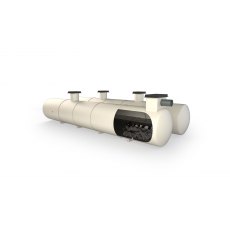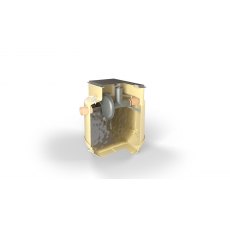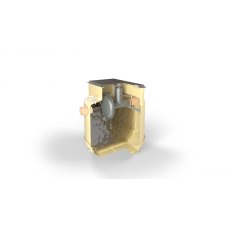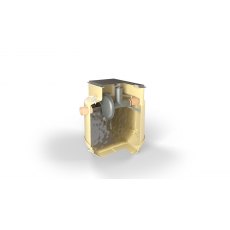Waste Water Tanks FAQs
Which waste water tank is right for me?
If you are unable to connect to a public sewer, building regulations state you’ll need a sewage treatment plant, septic tank or cesspool to manage wastewater.
Cesspools hold sewage in a tank with no outlet or facilities to treat the waste. When the tank is full, the waste needs to be collected by a lorry tanker and taken away for disposal. A cesspool may suit you if the ground is unsuitable for wastewater to soak away or if the site is close to a drinking water supply. They are generally a cheaper option to get installed. Be warned though, the wastewater inside your tank is not treated and having the waste collected regularly can get pricey. You should also note that cesspools are banned in Scotland and used usually only as a last resort in the rest of the UK.
Sewage treatment plants, on the other hand, treat your wastewater by creating an environment that allows waste-degrading bacteria to flourish so that you can discharge your treated waste into a ditch or stream. They are affordable, clean and treat sewage so that it has minimal impact on the environment. They do, however, require regular maintenance and an electricity supply.
Septic tanks use a multiple tank system that separates the wastewater into solids and liquids. They can treat and discharge the liquid part of the sewage, leaving the solid waste requiring collection and disposal by a tanker. These are ideal for small developments or single dwellings. You’ll need to ensure you have a drainage field or mound that is porous enough for the liquid effluent to percolate as septic tanks can no longer be discharged into a watercourse under new UK laws. They are cheap to install and only require desludging once or twice a year.
Do I need a wastewater tank on my property?
You will need a wastewater tank on your property if you are unable to connect to a public sewer. If you're thinking of installing a wastewater tank on your property, we'd advise you to start by researching the suitability of sewage treatment plants, septic tanks and cesspools to get an understanding of how they work and their individual benefits and limitations. If you need any help or advice, please feel free to call our friendly team. We can help with advice on which treatment plants will be suitable for your situation and advise you on whether they require any planning permissions or permits to install.
What Type Of Wastewater Tank Do I Need?
When determining the type of wastewater tank you need as a homeowner, several factors should be considered. For more information on which tank is right for you, please click the following link to see our homeowners guide, on what type of wastewater tank you might need.

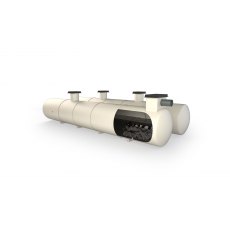
.png)
